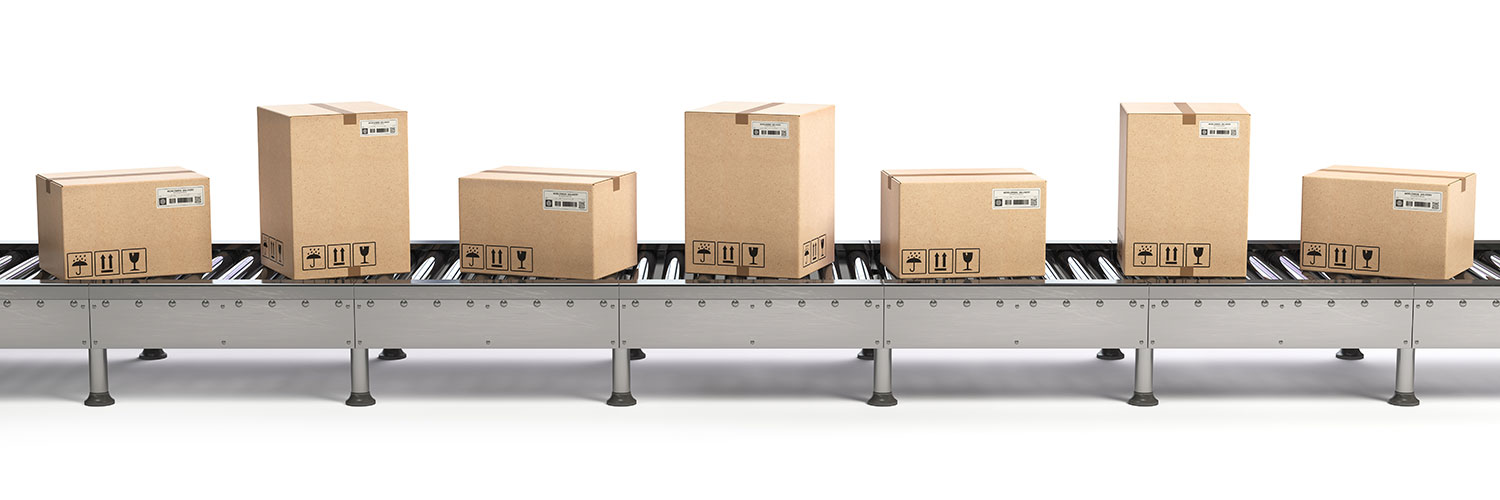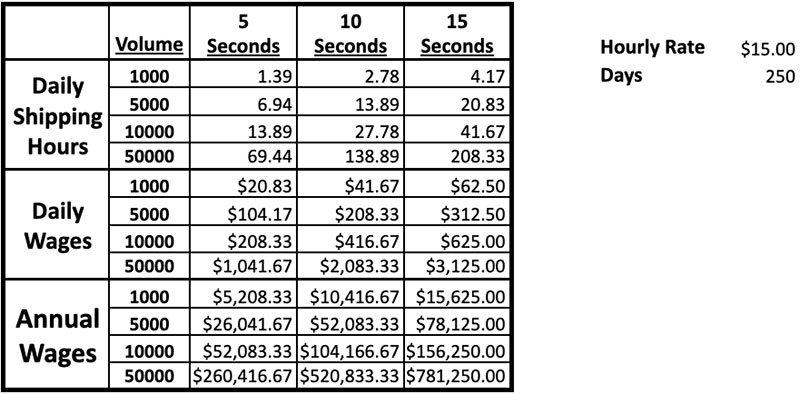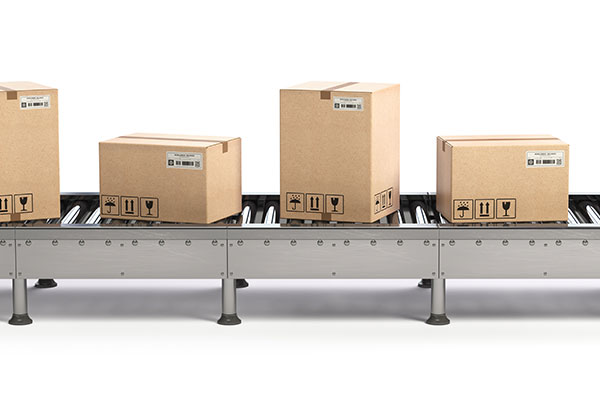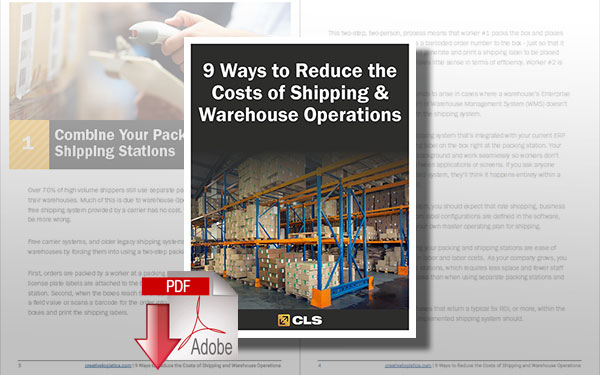How Much is Your Slow Shipping System Really Costing You?

A more efficient shipping system can save on labor costs, especially with the increase in packages being shipped.
Today’s Shipping Software Needs to Be Both Smarter and Faster
When I entered the shipping industry decades ago, there were less than 50 companies using what were then known as Computer Manifest Systems (today referred to as Multi-Carrier Shipping Systems).
In the 1980’s, these were mainframe systems used by very high-volume shippers like Montgomery Ward, Spiegel and Avon. My entire UPS district had fewer than 50 shippers that shipped over 2,000 packages per day.
Now, with the ecommerce shipping explosion, companies shipping over 2,000 packages a day have become common, and many with daily package volumes of 5,000 to 150,000 are no longer rare.
More Sophisticated Shipping Functionality
Over time, shippers have expanded their desired list features and benefits to include rate shopping, package tracking, business rule management, metrics, use of big data, point-to-point shipping, parcel-to-LTL shipment comparisons, omni-channel and e-commerce shipping, LTL & TL shipping, customized and logo’d labels, custom reporting, shipment consolidation, electronic banding and more.
These features and functions are geared towards improving and/or solving the many shipping scenarios or problems that are needed by a wide array of clients and industries.
Overlooked & Costly: The Need for Speed
However, one of the most overlooked – and most-costly – is parcel processing speed. The key metric here is time. From the time your system operator, packer/shipper or automatic shipping process requests a parcel be shipped, how long does it take to process the package transaction and print a label?
Show shipping system
You should be looking for 5 seconds or less for 99% of your small parcel transactions – from the time you press the ship button or do your final scan that initiates the ship process until a shipping label is in your hand.
If your company ships over 2,000 packages per day, it’s important to consider total ship time as a key performance indicator of any new shipping system. Any system you are considering should be able to provide you with visual evidence as part of its performance demonstration process.
It’s difficult to meet what has become the industry standard of picking, packing and shipping ecommerce orders in one day when you are using a slow shipping system. Equally important, these slower systems add cost due to their poor performance to each and every shipment you process.
When I ask prospective customers about system speed, many acknowledge that their current system is slow, but they also add a number of reasons why this has little impact on their bottom line.
For example:
“I have a free carrier system.”
Answer: Yes, but the labor you are using to ship your packages isn’t free.
“My system isn’t costing me that much, because my people find other things to do while the label prints.”
Answer: Yes, they do that because 1. they’re bored and 2. if they weren’t waiting, they’d be moving on to the next shipment.
A faster shipping system means you spend less money on labor and these dollars are bottom line dollars, which go right back into your company.
As you consider the list of features and functions that you need/want in your new shipping system, make it a top priority to check the the potential shipping system’s processing speed.
The more packages you ship in a day, the greater impact processing speed will have on your bottom line.
Calculating the Cost of a Slow Shipment System
The chart below should give you some idea of what a slow shipping system is costing you per day at $15.00 per hour. These are the direct cost of the additional labor needed to ship the same number of packages on a slower shipping system.

These calculations are based on actual time studies I have experienced when working on shipping system projects with our clients. In fact, it’s not unusual for a potential client to say, “I hate to let you see just how slow our shipping systems really are!”
The Rapid Financial Gains of a Faster Shipping System
Slow performance and its corresponding cost implications are clearly understood by man warehouse managers, but not necessarily clear to executive management. The best way to justify the cost and benefit of a new system is to invite them onto the warehouse floor, show them the process and then show them the chart provided above.
The Proverbial “Low Hanging Fruit”
The financial gains you’ll recover by accelerating your shipping operations are straightforward, achievable, and can be had without relying on new sales. They’re direct profit dollars that can be generated at a fraction of the expense required to generate the save profit dollars via new sales.
CLS has worked with many companies to streamline workflow and improve productivity in the warehouse through the combination of streamlined workflows integrated with multi-carrier shipping software, integrated pack/ship stations, data collection solutions and more.
Related White Paper
9 Ways to Reduce the Costs of Shipping & Warehouse Operations
Opportunities for savings abound in the warehouse when you know what to look for; make sure that you’re getting a shipping solution to solve your shipping problems and not just a shipping system. Download Now!
Article Topics
Creative Logistics Solutions News & Resources
How to Reduce Shipping Costs with Pre-Manifesting How Much is Your Slow Shipping System Really Costing You? InfoShip®/Vx earns 2019 FedEx Compatible Solution of the Year Four Proven Ways to Reduce Shipping Costs An Integrated Packing and Shipping Station can Create Greater Efficiencies 9 Ways to Reduce the Costs of Shipping & Warehouse Operations Empowering the Growth of Dollar Shave Club with InfoShip®/Vx More Creative Logistics SolutionsLatest in Warehouse|DC
European Parliament Passes New Law Requiring Supply Chain Accountability Transforming Warehousing with AI: Five Key Reasons to Adopt Now Talking Supply Chain: Understanding the FTC’s ban on noncompetes North Carolina Welcomes Amazon’s Newest Mega-Warehouse SAP Unveils New AI-Driven Supply Chain Innovations U.S. Manufacturing is Growing but Employment Not Keeping Pace Maximize Warehouse Space with Mezzanine Automation: Expert Tips More Warehouse|DC














